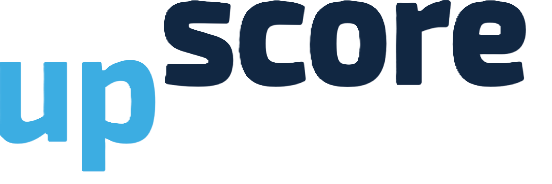The Checkout Process: Why Many Paywalls Fail – and How to Do It Better (Part 2)

Here wrote about how paywalls often deter potential buyers – even when they are actually interested in subscribing.
Even when users are interested in subscribing, paywalls often scare off potential buyers. For a successful premium subscription business, there’s another critical area for optimization: the checkout journeys behind paywalls are often even more problematic.
Figures from Upscore’s benchmarks (November 2024), based on data from 31 regional and local publishers, underline this clearly:
- On average, just 1.4 clicks per 1,000 paywall impressions (1.4 per mille)
- Of those clicks, only around 15% lead to a completed subscription
The top performers, however, reach up to 38% conversion. That means: an average publisher could quadruple their conversions if their checkout process were as optimized as those of the best. (It’s worth noting that November’s 15% was boosted by Black Friday campaigns – in previous months, the average was closer to 10%.)
What Are the Best Publishers Doing Differently?
The answer is simple: they remove unnecessary obstacles.
1. Only two pieces of information are required at checkout:
- Email address / password
- Payment details
→ That’s it. Even name and address can be requested later (e.g., by email), if truly needed (for example, when a customer wants an invoice). The goal: get users to complete the purchase as quickly as possible.
2. No “detours”:
Many checkout journeys include intermediate landing pages presenting product information – even though the user has already decided to buy. These interruptions often lead to drop-offs. High-performing checkout flows are seamless and uninterrupted.
The Cost of Unnecessary Friction
Why is this so important? A simple calculation shows the scale of the problem:
- A publisher with 1,000 conversions per month could reach 4,000 by optimizing the checkout flow.
- With an average Customer Lifetime Value (CLV) of €50, that’s a lost revenue of €150,000 per month – or €1.8 million per year.
In short: Complicated checkout processes are expensive.
Conclusion: Optimized Checkout Flows as a Growth Lever
An optimized checkout process delivers clear benefits:
Fewer hurdles in the process
- More conversions through fewer drop-offs
- Sustainable growth through higher conversion rates
- It’s worth taking a close look at this part of the funnel – because every hurdle costs not just users, but real money.
Joachim Dreykluft is Head of Data & AI Strategy at Upscore.

